University of Miami Experimental Hatchery evaluates two slow-sinking diets
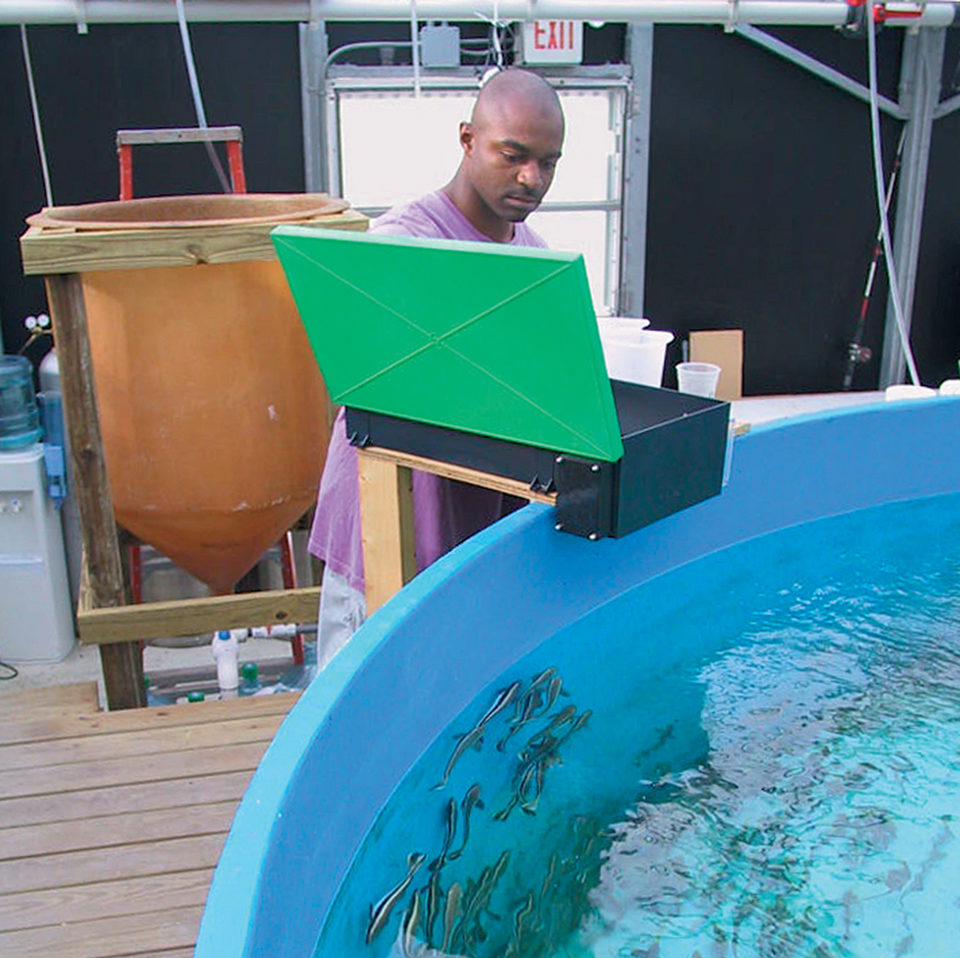
The migratory pelagic fish cobia (Rachycentron canadum) is a prime candidate for offshore aquaculture in the greater Caribbean region. As broodstock, larval rearing, and grow-out technologies improve for cobia, research will shift further toward maximizing the efficiency of production. Grow-out nutrition is one example of this shift, as more information becomes available on the nutritional requirements for optimal weight gain in cultured cobia.
The authors carried out grow-out trials with juvenile cobia at the University of Miami Experimental Hatchery during the summer of 2005 and winter of 2005-2006 to evaluate two slow-sinking finfish diets manufactured by a well-known U.S. company. Two protein and lipid formulations were tested. A 50 percent protein per 15 percent lipid diet was used during the summer trial, and a 42 percent protein per 16 percent lipid diet during the winter trial.
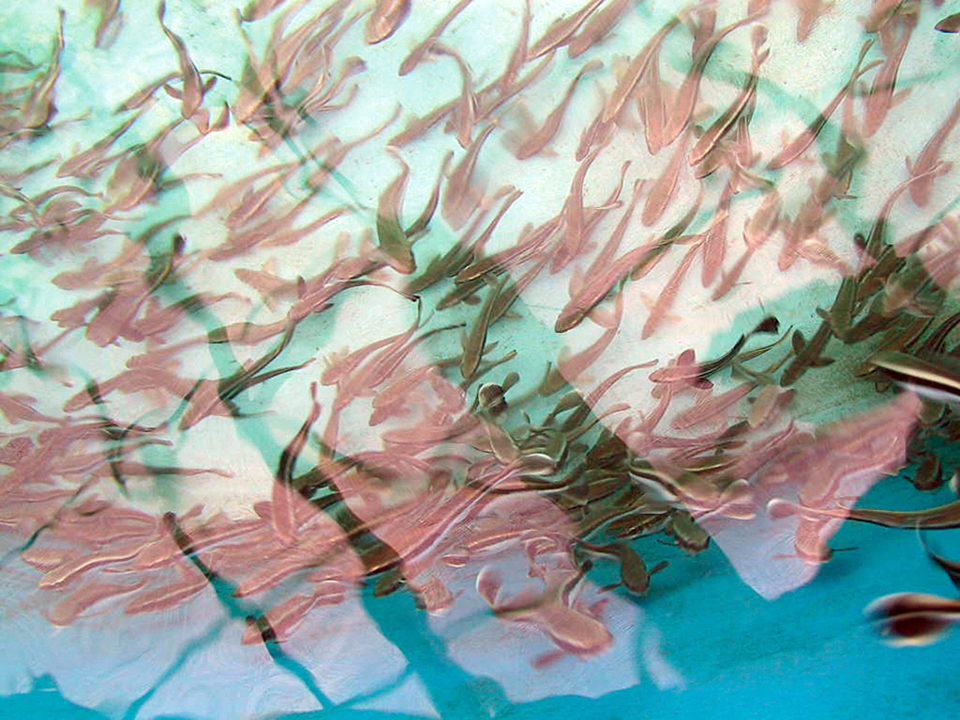
Indoor feed trials
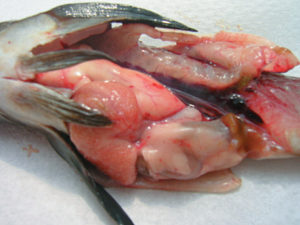
The trials were conducted in 11-cubic-meter flow-through indoor tanks. Ambient sea water with 32-36 ppt salinity was filtered to 5 µ throughout the three-week trials. Daily water exchange rates ranged 500-1,500 percent. Vigorous aeration and supplemental oxygen ensured dissolved-oxygen levels near saturation throughout the experiments.
All tanks were subjected to a natural photoperiod regime, although both temperature and photoperiod differed slightly between the two trials due to seasonal fluctuations. Water temperature ranged 28.5-32.5 degrees-C during the summer and 18.5-24.1 degrees during the winter trial.
Fish were fed continuously throughout the day via automatic belt feeders. Daily siphoning removed any residual solids and accumulated feces. Feed sizes utilized during the summer initially ranged 1.5-2.0 mm initially and ended with 4.0-mm feeds. The winter trial initially utilized 1.5-mm feed and terminated with 3.0-mm feed.
Results
The two diets were well accepted by the juvenile cobia, which ranged up to 110 grams in size. Individual average fish size and biomass density differed both within and between trials due to grading into size classes.
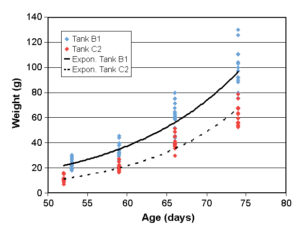
Survival throughout the trials was high, with the lowest survival rate 97.2 percent during the winter 2006 trial. The mortalities did not seem to relate to nutritional problems. High growth rates and very low feed-conversion ratios (FCRs) were observed, even better than those observed in a study conducted by Wang et al. in 2005 that utilized lower biomass densities. Table 1 summarizes the excellent performance of the cobia.
Zink, Summary of summer and winter feed trials, Table 1
| Average Temperature | Average Initial Weight (g) | Average Final Weight (g) | Initial Stocking Density (g) | Final Stocking Density (g) | Weight Gain | Specific Growth Rate | Initial Daily Ration (g) | Final Daily Ration (g) | Feed-Conversion Ratio |
|
|---|---|---|---|---|---|---|---|---|---|---|
| Summer Trial (22 Days, 50% Protein/15% Lipid Diet) | ||||||||||
| B1 tank | 30.2 | 23.5 | 95.8 | 0.265 | 1.1 | 307% | 19% | 160 | 450 | 0.69 |
| C2 tank | 30.1 | 11.1 | 62.2 | 0.230 | 1.3 | 461% | 18% | 270 | 600 | 0.71 |
| Winter Trial(35 Days, 42% Protein/16% Lipid Diet) | ||||||||||
| B2 tank | 21.4 | 3.0 | 17.0 | 0.066 | 0.4 | 476% | 12% | 53 | 120 | 0.81 |
| C1 tank | 21.4 | 7.6 | 27.9 | 0.395 | 1.4 | 266% | 14% | 300 | 500 | 0.89 |
| C2 tank | 21.3 | 12.0 | 37.7 | 0.537 | 1.7 | 214% | 15% | 300 | 500 | 0.84 |
Exponential growth functions were fit to the growth weight data (Figs. 1 and 2). The differential temperatures influenced the growth coefficients for weight of the exponential regressions. The winter trial growth coefficients were substantially lower than those computed for the summer trial. Specific growth rates were high for both trials, and feed conversion was very low. Growth rates were suppressed during the winter trial, while FCR exhibited suppression during the summer trial.
Diets containing 44.5 percent protein have been found to optimize the growth of cobia. The diets tested in these trials contained 50 and 42 percent protein. Lipid levels of 5.76 percent have been correlated with maximal growth. The diet formulations tested contained relatively high (15 and 16 percent) percentages of lipid content, which did not seem to improve growth. It has been demonstrated that lipid levels above 15 percent can negatively affect growth.
Intraperitoneal observations
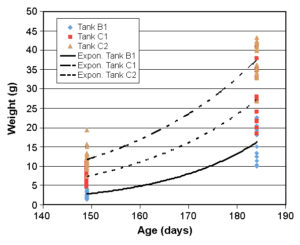
Significant increases in muscle and liver lipid levels, viscera somatic index, intraperitoneal fat ratio, and hepatosomatic index occur as dietary lipid levels increase from 5 to 15 percent. Although no intraperitoneal investigation was conducted in the summer trials, observations during the winter revealed substantial fat deposits around the gastrointestinal tracts of the fish. Discoloration of livers suggested the dietary lipid levels were probably too high.
In conjunction, the intraperitoneal observations seemed to indicate that the tested diets contained higher lipid levels than those required for cobia juveniles. The lipid levels might have actually depressed growth rates and increased stress levels for the juveniles, although quantitative conclusions could not be drawn from these trials.
High dietary lipid levels have been associated with oxidative stress responses in other species. Perhaps diets with high lipid content can be used in finishing diets for fish intended for sale in high-quality sashimi markets. In 2005, Wang et al. observed significantly increased intramuscular fat deposition at similar dietary lipid levels. It seems inadvisable to utilize such high lipid formulations during the grow-out phase of production to market size.
Editor’s Note: References are available from the first author.
(Editor’s Note: This article was originally published in the April/May 2006 print edition of the Global Aquaculture Advocate.)
Now that you've reached the end of the article ...
… please consider supporting GSA’s mission to advance responsible seafood practices through education, advocacy and third-party assurances. The Advocate aims to document the evolution of responsible seafood practices and share the expansive knowledge of our vast network of contributors.
By becoming a Global Seafood Alliance member, you’re ensuring that all of the pre-competitive work we do through member benefits, resources and events can continue. Individual membership costs just $50 a year.
Not a GSA member? Join us.
Authors
-
Ian Zink
RSMAS – University of Miami
4600 Rickenbacker Causeway
Miami, Florida 33149 USA[117,100,101,46,105,109,97,105,109,46,115,97,109,115,114,64,107,110,105,122,105]
-
Fernando Cavalin
RSMAS – University of Miami
4600 Rickenbacker Causeway
Miami, Florida 33149 USA -
Donald Bacoat
RSMAS – University of Miami
4600 Rickenbacker Causeway
Miami, Florida 33149 USA -
Bristol Denlinger
RSMAS – University of Miami
4600 Rickenbacker Causeway
Miami, Florida 33149 USA -
Kevin Palmer
RSMAS – University of Miami
4600 Rickenbacker Causeway
Miami, Florida 33149 USA -
Bruno Sardenberg
RSMAS – University of Miami
4600 Rickenbacker Causeway
Miami, Florida 33149 USA -
Roger Kirkpatrick
RSMAS – University of Miami
4600 Rickenbacker Causeway
Miami, Florida 33149 USA -
Refik Orhun, Ph.D.
RSMAS – University of Miami
4600 Rickenbacker Causeway
Miami, Florida 33149 USA -
Daniel Benetti, Ph.D.
RSMAS – University of Miami
4600 Rickenbacker Causeway
Miami, Florida 33149 USA
Tagged With
Related Posts
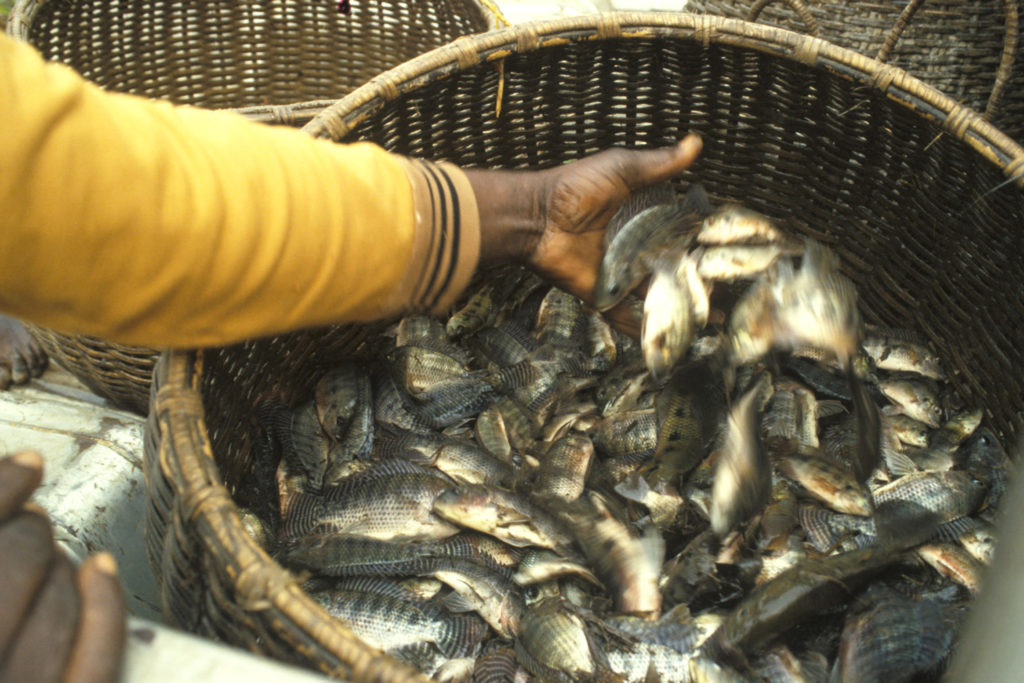
Responsibility
A helping hand to lend: UK aquaculture seeks to broaden its horizons
Aquaculture is an essential contributor to the world food security challenge, and every stakeholder has a role to play in the sector’s evolution, delegates were told at the recent Aquaculture’s Global Outlook: Embracing Internationality seminar in Edinburgh, Scotland.
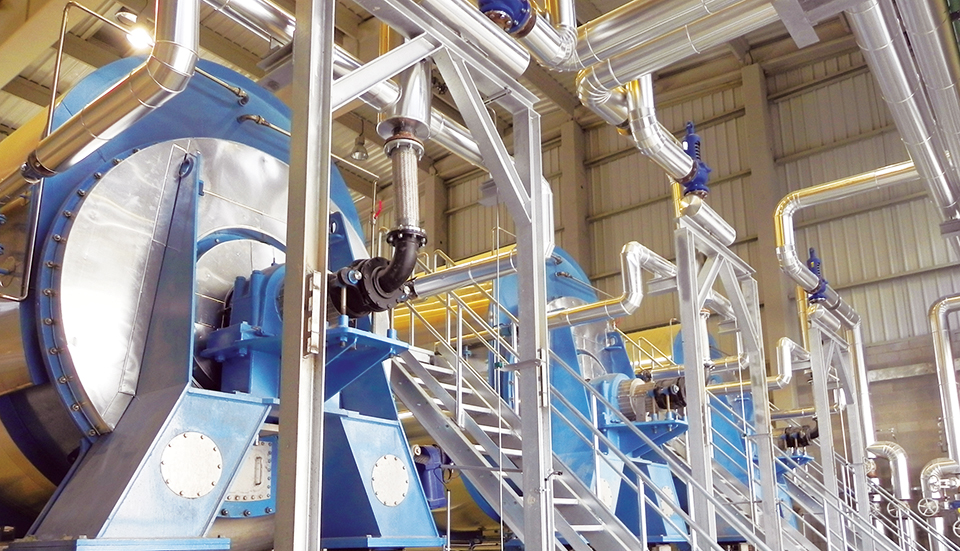
Aquafeeds
Animal byproduct concentrates useful tools in formulation
With the market volatility of fishmeal, as well as rising sustainability concerns, the aquaculture industry is seeking sources of protein, such as animal byproduct concentrates, to substitute for fishmeal.
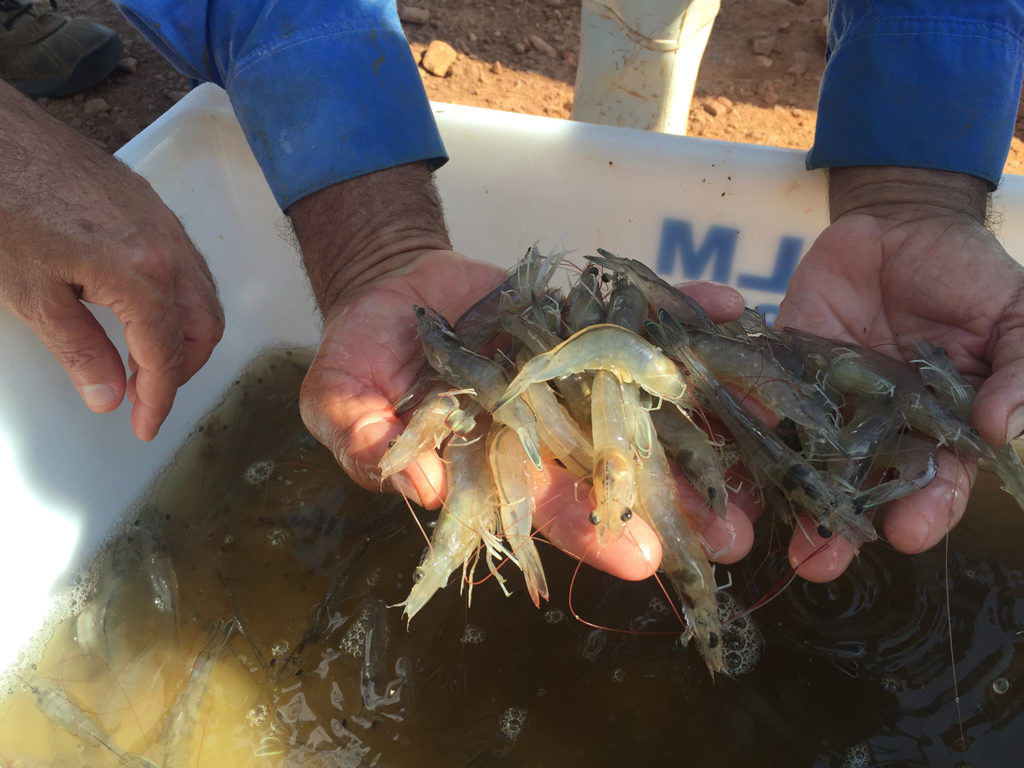
Aquafeeds
Aquafeed supplementation with crystalline amino acids
Authors present a practical review of modern formulation options including crystalline amino acids in fulfilling nutritional requirements in aquafeeds.

Innovation & Investment
Artemia, the ‘magic powder’ fueling a multi-billion-dollar industry
Artemia, microscopic brine shrimp used as feed in hatcheries, are the unsung heroes of aquaculture. Experts say artemia is still inspiring innovation more than 50 years after initial commercialization. These creatures are much more than Sea-Monkeys.


